Sakya Jetsun Chimey (Jetsun Kushab) was born to the Sakyas, one of the ruling families of Tibet and the founders of the Sakya School of Tibetan Buddhism. At the age of eight (in accordance with the tradition for women of the Sakya family) she became ordained as a nun, and at eleven studied in Ngor Monastery with her brother, His Holiness Sakya Trizin, head of the Sakya School. At the age of eighteen, she gave her first teaching to monks and nuns. Jetsun Kushab is one of only a few women in the history of the Sakya lineage to have transmitted the Lam Dre, the system of contemplative and meditative practice special to the Sakya School.
Following the invasion of Tibet by China in 1959, Jetsun Kushab escaped to India, where she subsequently married and raised four children. In 1971 she immigrated with her family to Canada. Since 1980, she has worked forty hours a week as a weaver, and has taught extensively in Asia, Australia, Europe, and North America. She lives just south of Vancouver in Richmond, British Columbia, Canada.
Sarasvati is the feminine aspect of the Bodhisattva of Wisdom. In Tibetan paintings she is often depicted holding a lute. This Sarasvati empowerment was performed at New York Dharmadhatu on September 9 by Sakya Jetsun Chimey. Lama Pema Willngdak, of the Palden Sakya Center of New York, functioned as interpreter.
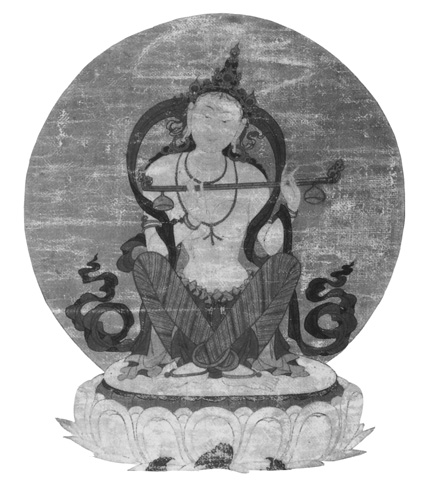
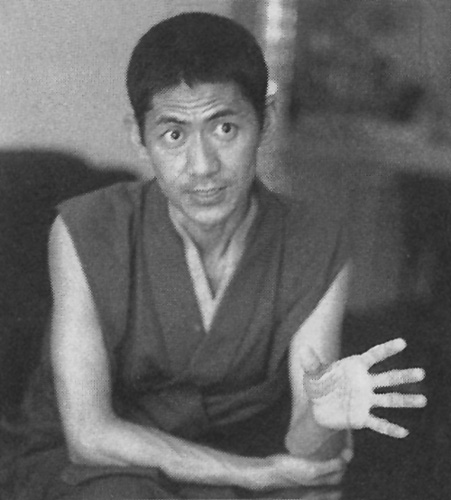
“If you understand ritual, it’s a powerful word; if not, it’s trivial. The whole point of empowerment is the transmission of the teachings for a particular deity. Through this personal initiation by the guru—passed down in an unbroken line—we are then empowered to do that particular meditative practice.” —Interpreter Lama Pema Wangdak
During the preliminary stages of the empowerment, Jetsun Kushab prepares alone, invoking Sarasvati, the deity whose practice she will transmit to the students. Once she has completed these preparations, the deity has, in effect, traveled from her abode to the site of the empowerment. During this time the students gather in an adjacent hall, ritually cleansing their mouths before entering the shrine room.
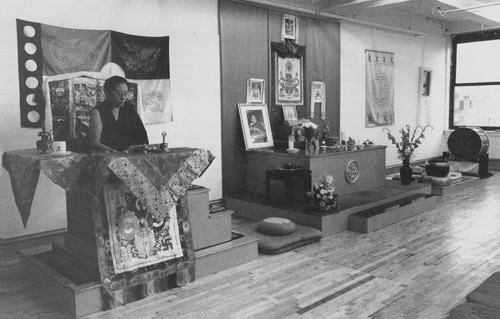
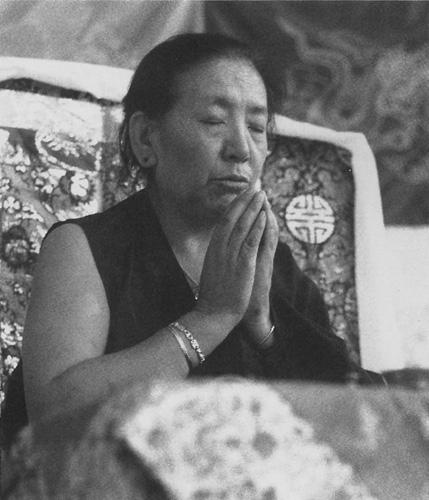
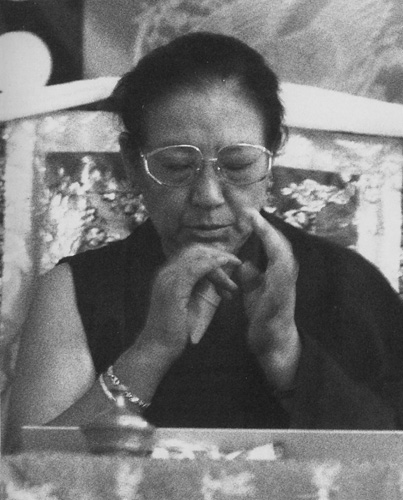
As part of the preparation, Jetsun Kushab makes various offerings to Sarasvati in the form ofmudras (hand gestures) accompanied by visualizations of a world filled with the enlightened blessings of incense, flowers, food, and perfume.
Jetsun Kushab invokes the enlightened mind through the use of visualization, now accompanied by the sound of the bell held in her left hand, and by the circling of the vajra (ritual scepter) held in her right.
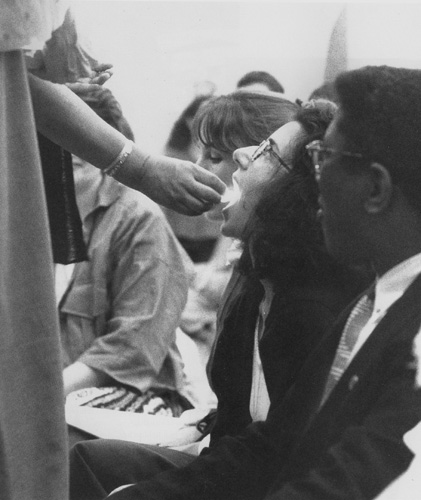
Following the invocation, Jetsun Kushab transmits individually, placing a small candy in each student’s mouth. “What you receive is like a spark,” says Lama Pema, “a spark of the enlightened body, speech, and mind. In fact, it is a tiny candy with a wick, which is lit. You close your mouth and swallow it. Thus, Sarasvati dissolves into oneself.”

Following the empowerment proper, the teacher ritually dismisses those deities invoked during the initiation. During this phase, requests are made for continued enlightened blessings, along with specific requests for the well-being of students and their family members.
Part of this dismissal is the gesture of tossing rice (which symbolizes a flower), through which the teacher either dismisses the deities to their respective Buddha abodes or, in the case of consecrating a permanent shrine or statue, asks them to remain.
Jetsun Kushab pours saffron water into the hands of the students (who swallow it), thus consummating the empowerment. At this time students may offer khatas (ceremonial scarves made of white silk) to the teacher, along with an offering of money, flowers, incense, or food. The khata is returned by the teacher, who, with the help of an attendant, places it around the student’s neck as a form of blessing.
Thus empowered, the students have now received permission to begin the practices (visualizations, mantras, and meditations) associated with Sarasvati. The teacher’s blessing is not merely a formality, but the life-force of the teaching that has been passed down from the Buddha to the present day.
Photographs by Sally Boon.
Sarasvati photo by John Bigelow Taylor, Courtesy Los Angeles County Museum. Sarasvati, Goddess of Wisdom, seventeenth century, Tibet, gauche on cotton.